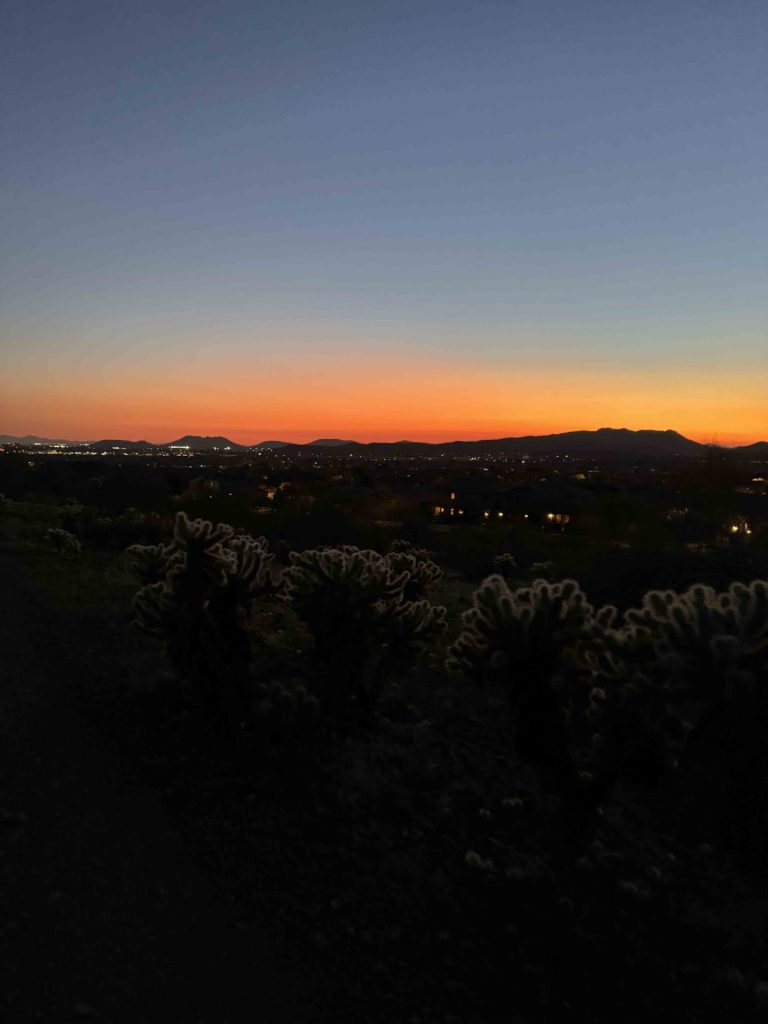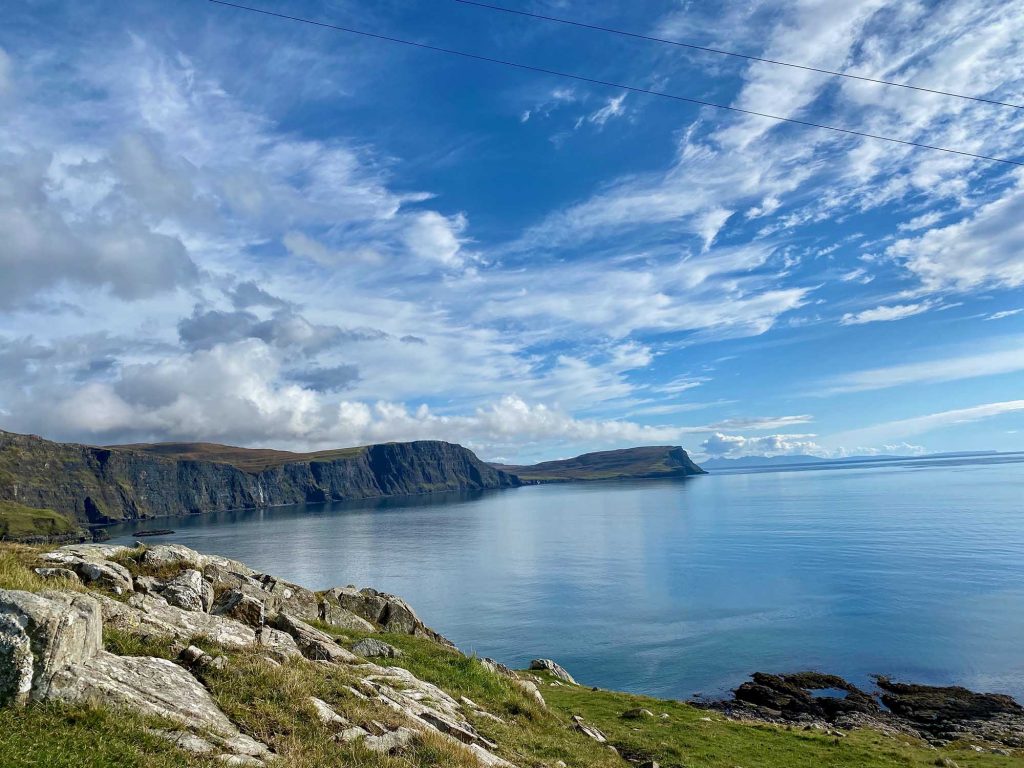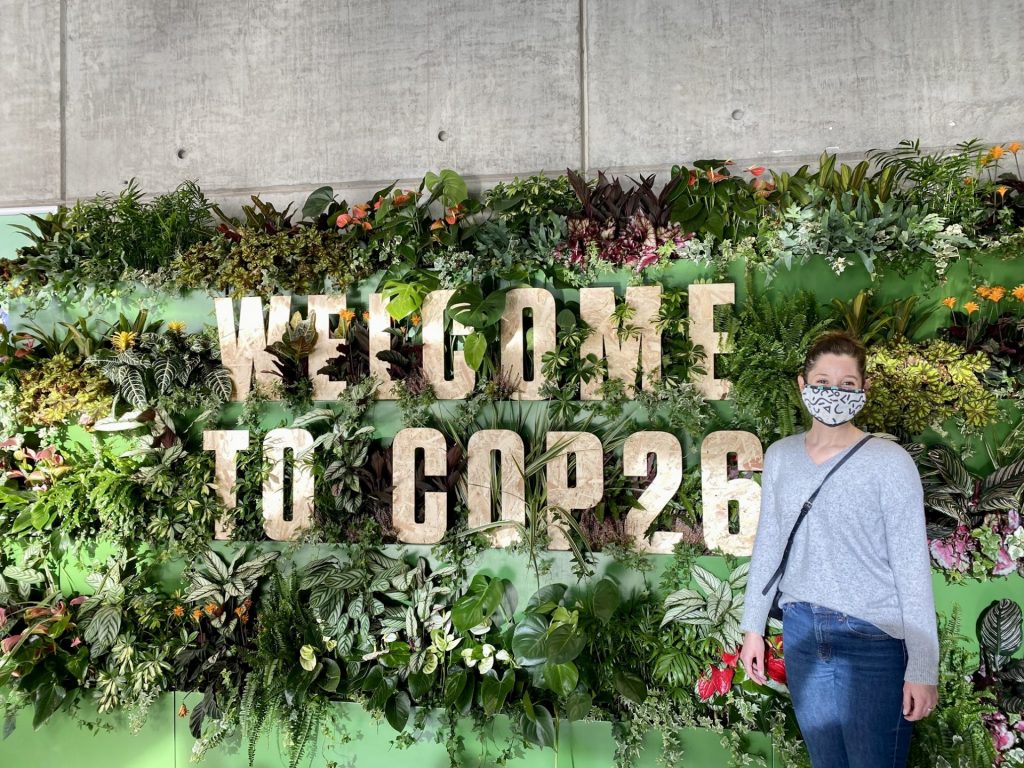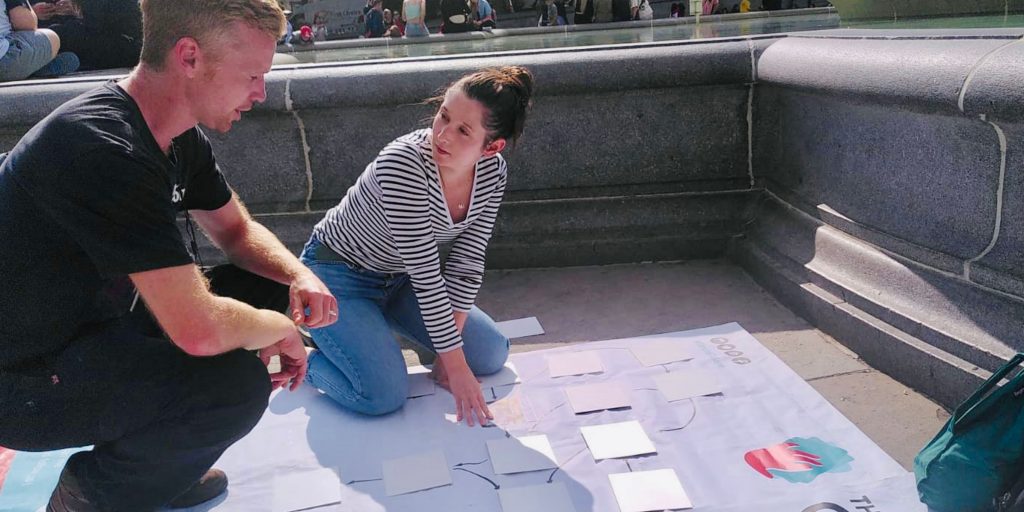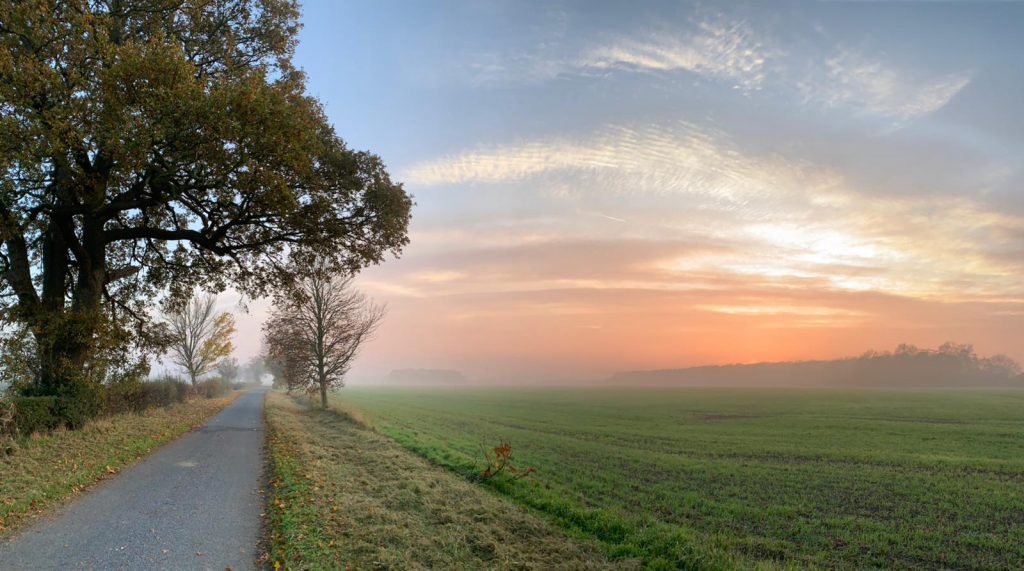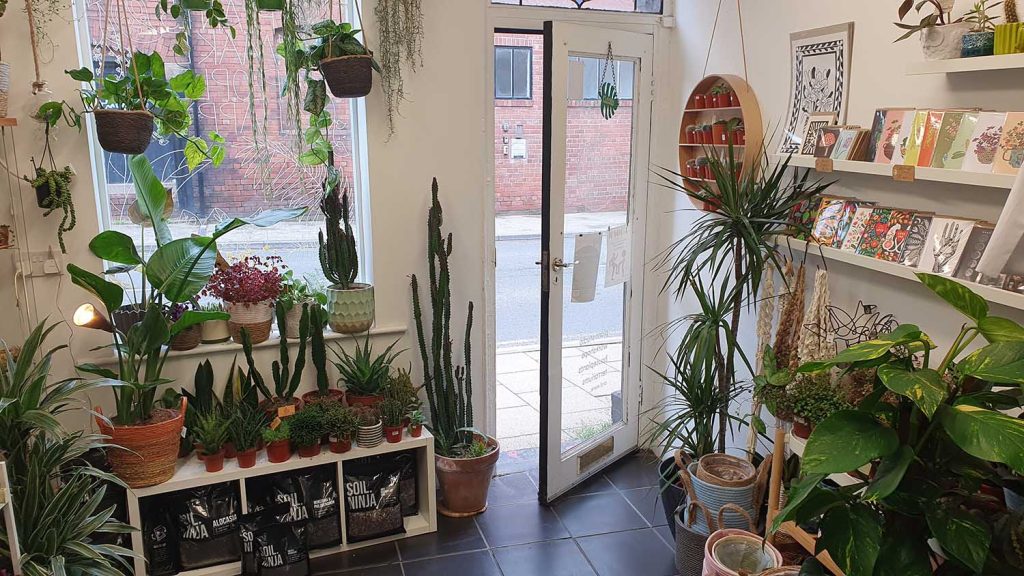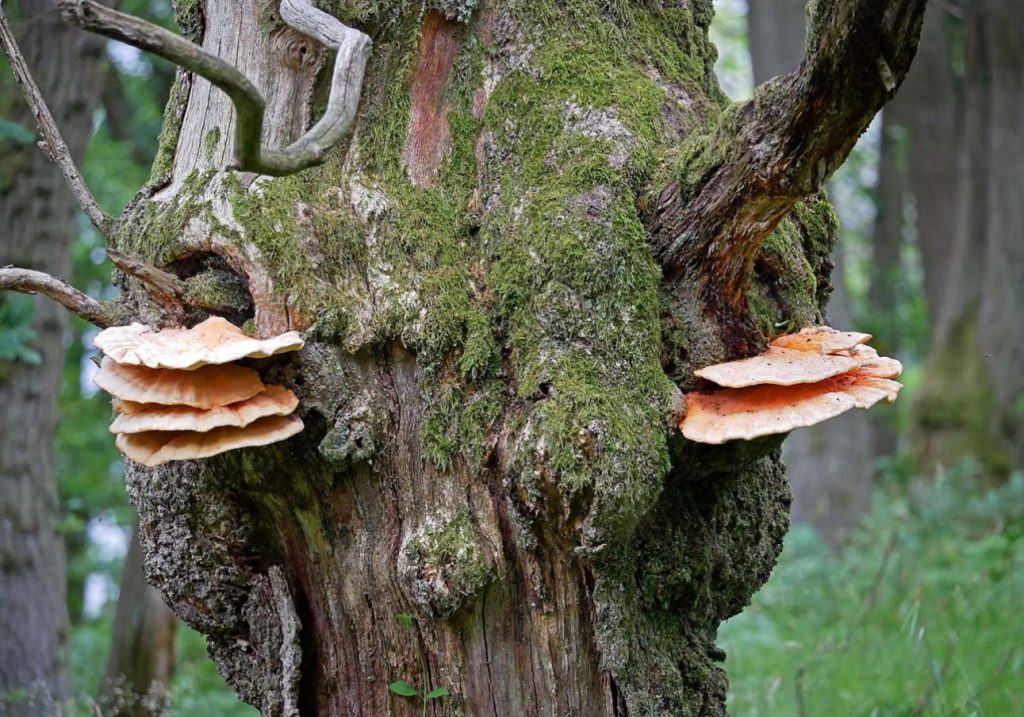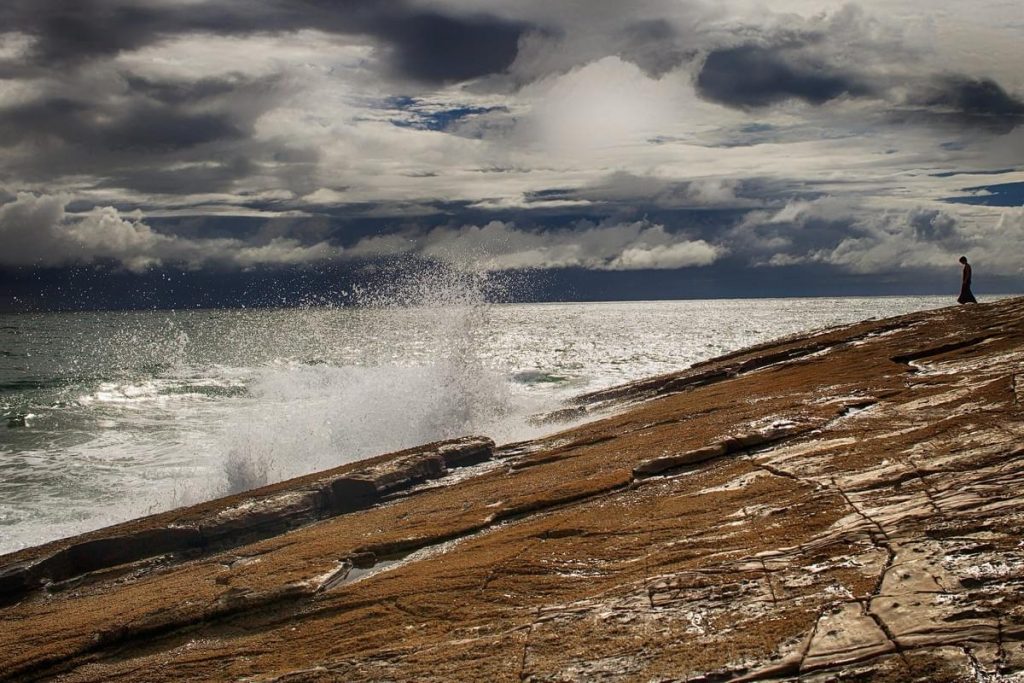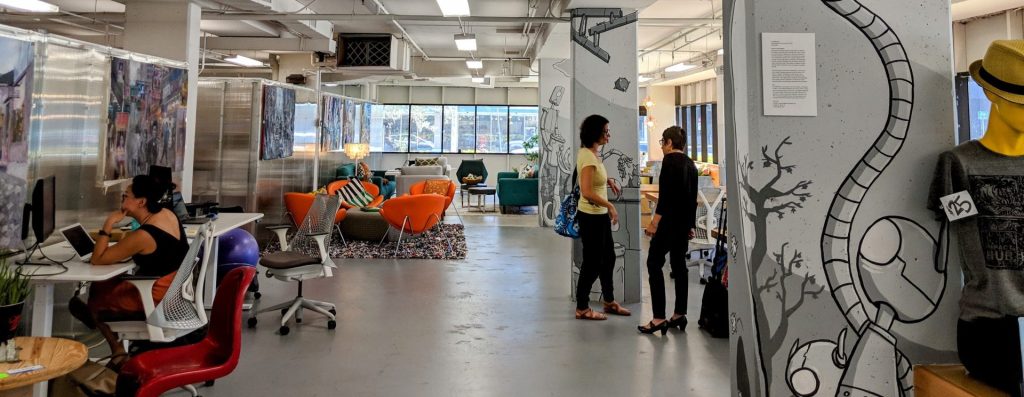Stewarding change: GreenBiz ‘24 and the challenges sustainability professionals face
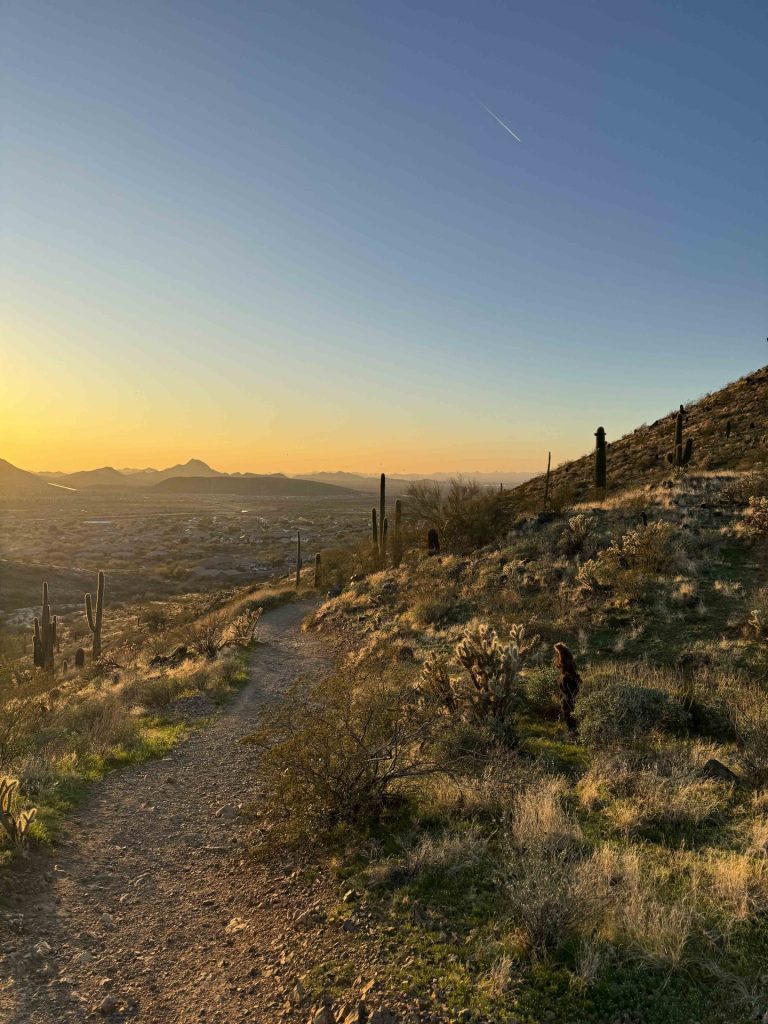
From first glimpse, the desert biome takes my breath away. I’ve never seen anything like it. The pale oat-colored soil is dotted with cacti of all shapes and sizes, mesquite and palo verde trees, and birds – so many birds! Maybe travelers in the future will be able to watch the landscape transform before their eyes from the observation car of a train but that route doesn’t yet exist. Instead, I traveled on the isle seat of a plane and my first interaction with the desert happened as I descended the escalator on my way to baggage claim in front of huge plate glass windows framing the setting sun on pale earth. I watch wide-eyed from the cab and immediately understand how someone could become enamored with this place.

I was in Phoenix for Greenbiz, a yearly conference that explores what’s new in all topics sustainability. It brings together people in the corporate space, nonprofits, and academia to spark new ideas and build connections. I got to peek into so many different worlds! I was there to facilitate a Climate Fresk workshop and was so excited to participate in the conference. I’m always hungry to learn more about what’s on the horizon and deepen my understanding of the challenges sustainability professionals face in their roles.
Challenges
First, let’s explore the challenges these folks face. If you’re here, you’re likely acutely aware of the challenge that climate change poses for all of us (if not, what are you waiting for? Join a workshop) However, in corporate sustainability, there’s another layer to this challenge. I’m a sucker for visuals so I imagine the challenge like a water balloon: pressure from the top increases as company targets get more ambitious and regulations tighten; while pressure from the bottom increases as customers – and increasingly employees – demand action. Combined, these factors create pressure that stretches sustainability teams and their budgets. Many of the corporate sustainability professionals I spoke to felt as though they were understaffed and under-resourced, compounding the challenge further.
How might this problem be addressed?
So how in the world are the folks tasked with achieving (or setting) ambitious targets supposed to meet the challenge of our times?
By building coalitions.
Increasingly, sustainability professionals are recognizing that sustainability is everyone’s job. It can’t sit entirely in one department if ambitious targets and outcomes are to be achieved. Just like climate change, this problem intersects roles ranging from procurement to logistics, to product development, to HR, to the C-suite. That means that everyone has to understand the problem and their role in it.
How can this be done?
Developing cross-departmental coalitions inside organizations is no small task. I’m increasingly curious about change management as my workshops lay the foundation for change inside organizations. Listening and engaging through a series of panels, keynotes, and workshops at Greenbiz, I saw four key themes emerge to shape the pathway.
The first key to building cross-departmental coalitions I recognized was leveraging influence. Maybe like me, the first think you think about when you hear the word “influencer” is a person creating content about their “perfect” life to sell something on social media. Groan. I think it’s fair to say that for many of us, social media has tarnished the word “influencer”. What if it could be reclaimed for the purpose of doing good? Rather than convincing people to consume, in its truest form influence is the capacity to shape character, development, or behaviors. Much bigger and arguably more impactful aspects than consumption. If you think about it, we’re all influencers to someone. There are people who look to us for direction. How are we showing up for them and what does it take to be influential in our roles? According to Zoe Chance, professor at Yale and author of Influence Is Your Superpower, charisma is a crucial and buildable skill. She defines charisma as confidence plus connection. Intra-company influencers can develop their charisma muscle to connect with more people.
The second key to cross-departmental coalitions is stakeholder engagement. We heard about these activities being centered around educational initiatives and co-created solutions. Stakeholder engagement helps stakeholders see themselves represented in the final plans and develops buy-in by asking for and implementing diverse perspectives about what should happen next. Stakeholder engagement means making sure teams have a shared understanding of sustainability challenges. This is where tools like Climate Fresk, En-ROADS, and Biodiversity Collage come in. By using innovative tools teams can develop a solid foundational understanding together; they understand more deeply why company sustainability commitments are structured the way they are, and they offer a strategic moment to invite forward-thinking. These tools develop resilience for organizations by helping cross-departmental teams envision their roles in climate action.
A third and critical point to build coalitions is integrity or doing what you say you’re going to do. In a time of polarization and mistrust, integrity is more essential than ever. Last year the EU adopted legislation aimed at preventing “greenwashing”, to hold companies accountable for claims that they make. Integrity in communications is not just critical for building and maintaining trust in coalitions, it can also protect from legal challenges.
The final key to building coalitions, and arguably the most fun, is embedding humor where you can. Look, understanding the scope and scale of the climate crisis is difficult no matter how sunny your outlook on life is. But Climate Comedian, Stewart Goldsmith argues finding the levity in a heavy subject is how we can connect and humanize the topic. He challenged audience members during his standup to be vulnerable on the spot with “climate confessional”, a chance to share a relatable struggle. It was a smash hit, broke us out of our perfection bubbles, and provided a wonderful way to realize that the incredible sometimes intimidating people struggle to balance climate action with being a functional member of the 21st century too.
Sustainability professionals play a vital role in change management for both their companies and the trajectory of climate change. By broadening their support and engaging strategic colleagues, opportunity abounds.
—
My boots crunch over pale terrain on the Great Horned Owl loop as the sun sets on the Sonoran desert. It’s aptly named because no more than 5 minutes into the walk, Megan and I spot a huge nest in the crux of a saguaro cactus. We pause, curious and silent waiting for something to emerge. Then, just on the knoll 20 feet away, great wings stretch as the mother owl lets us know she’s watching. We look at each other smiling excitedly and keep moving to give her peace.
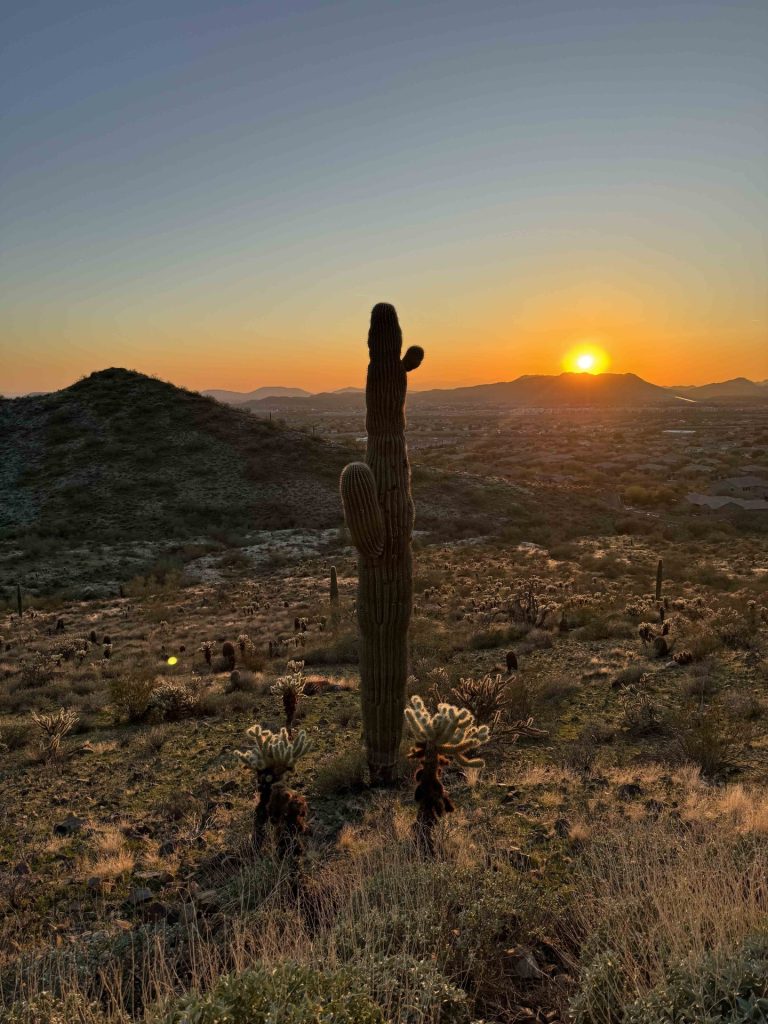
As the sun sinks, the sky fades from yellow, to pink, and then orange, until it’s consumed by the deep inky blue-black of night. In the dusk, we pass a dry stream bed along the path and even though I can’t see the water, I can smell it. Damp and cool. Soil not quite wet, not quite dry. Mesquite trees and other vegetation cluster along the stream bed. They reveal the location of the water if you’re paying attention. Gambel’s Quail run headfirst through the brush, calling and stubbornly refusing to fly. Megan imitates their movements and their protruding head feathers as we double over in laughter.
This is the perfect way to wrap up an intense, heady conference. I enter the desert with edges honed sharp by the cold grit of data, emotionally drained from new faces and technical conversations. Yet equally inspired by the ingenuity, grit, and warmth of the people I’ve met. I retreat to the desert to seek wonder in the natural world and allow it to soften me.
On the return, a band of coyotes begins to sing, dropping in and out of harmony, yipping; welcoming the transition of day to night. The hair on the back of my neck stands up. As the coyotes steward the liminal space of light to dark, we too steward a liminal space, one of danger and loss, change and possibility. Though we don’t yet have a clear view of what the next phase will look like, we know that it must be brought into being, in the way of the coyotes. Together.
